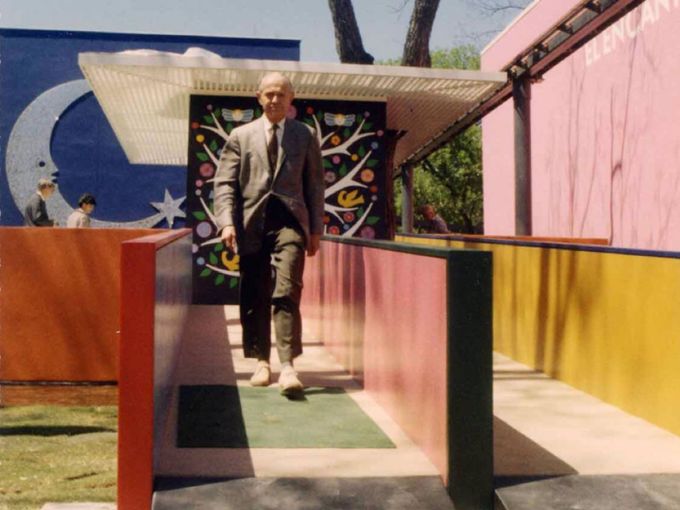ProductosSillasSillonesSofásSillas de oficinaChaises longuesTaburetes y bancosEsculturasSillas de reunionesMobiliario de aeropuertosEspacio de almacenamientoMicro architectureMesas de comedorMesas de cafeteríaMesas de café y auxiliaresEscritoriosSistemas de mobiliario de oficinasSistemas de reunionesIluminaciónRelojesObjetos decorativosPercheros y estantes de paredBandejas y recipientesNuevoBestsellerColores y materialesAlexander Girard Antonio CitterioBarber OsgerbyCharles & Ray Eames George NelsonHella JongeriusIsamu NoguchiLounge chair finderOffice chair finderGift finderCuidado & reparaciónPiezas de repuestoProductos de mantenimientoGarantía del fabricanteVitra Circle StoresMynt: sit differentlyAntony Limited Edition 2025InspiracionesSalónComedorOficina domésticaHabitación infantilExteriorHome StoriesAugmented RealityColores y materialesHome SelectionEspacios de trabajoZonas de concentraciónSalas de reunionesTalleresClub OfficeCitizen OfficeStudio OfficeDynamic SpacesHoteles y restaurantesAeroportesEducaciónCo-WorkingHealthcareNuestros clientesDestination WorkplaceEn defensa de los clásicosSillas de oficinaDancing OfficeHome StoriesLos tejidos de Kvadrat y Dedar de Home SelectionAugmented Reality - lleve los productos Vitra a su casaEscuela de Diseño : Exponer el trabajo y los conocimientosEn defensa de los clásicosColores y materialesUna casa acogedoraUn paisaje de oficinas sin paredes ni tabiquesConfort y sostenibilidad combinadosUn espacio puntero para una escuela de arte punteraServiciosCuidado & reparaciónProductos de mantenimientoGarantía del fabricanteFAQ y contactoInstruccionesConsulting & Planning StudioVitra Circle StoresAsesoramiento y planificación en la VitraHausInstruccionesInstrucciones de mantenimiento en exterioresReparación, mantenimiento, revisión en el Vitra Circle Store Campus ProfessionalsDatos CADFichas técnicas de productosCertificadosInforme de sostenibilidadInstruccionesInformación ecológicapConEjemplos de planificaciónColores y materialesCertificados y normasHome SelectionAl inicio de sesión del distribuidorNuestros clientesMyntDestination Workplace: Ven a visitar a nuestros clientes y sociosAnagram SofaMikadoTyde 2 con ruedasACXDancing OfficeSillas de oficinaMagazineHistoriasConversacionesExposiciónDiseñadoresEl Proyecto de VitraA Capsule in TimeSeeing the forest for the treesRefining a classicMynt is a lifetime achievement to meA desk like a typefaceV-FoamSculptural IconsGames bring people together – just like good officesLet there be light!Social SeatingJust Do It!EVER GREENWhy the Eames La Fonda Chair was designedWhen a Sofa is more than just a Sofa: Anagram100% virgin wool – 100% recyclableAn archive is like a time capsuleVitraHaus Loft - A conversation with Sabine MarcelisA 1000 m2 piece of furnitureFrom a toy to an objectThe Eames Collection at the Vitra Design MuseumAbout the partnership between Eames and VitraVitra CampusExposicionesVisitas guiadas y talleresGastronomíaShoppingActividades en familiaArquitecturaSu eventoAsesoramiento y planificación en la VitraHausPlanificar la visitaVitra Campus appCampus EventsNoticiasVitraHausVitra Design MuseumVitra SchaudepotVitra Circle Store CampusOudolf GartenSobre VitraSostenibilidadJobs & CareersProceso de diseñoEl original es de VitraHistoria - Project Vitra
Paparazza Eye Candy
Lake Verea in the Vitra Design Museum Gallery

For their ongoing ‘Paparazza Moderna’ project, Francisca Rivero-Lake and Carla Verea create poetic photographic portraits of single-family houses designed by such renowned modernist architects as Richard Neutra, Rudolf Schindler, Ludwig Mies van der Rohe and Philip Johnson. The artist duo Lake Verea approaches these buildings like paparazzi – unannounced and spontaneous – with the aim of capturing them in an unembellished, private state. For the Vitra Magazine, they describe three buildings by Marcel Breuer and Walter Gropius, the German Bauhaus pioneers who migrated to the USA in the 1940s.
The Gropius House (1937), first house built by Walter Gropius in the US


It was this house that established the foundation for both Walter Gropius and his protégé Marcel Breuer in the United States. Upon his arrival in New England, Gropius met a wealthy philanthropist, Helen Storrow. She provided a plot of land and lent him $18,000 to build a dream house for himself and his family. ‘We loved pushing our cameras against the glass of the windows to see the inside. As we peeked, we saw that the architect’s tools were displayed on a desk. We moved around the house and climbed the outside stairs to take a look at the upper terrace, which offers an undisturbed view of the surrounding landscape. Then we encountered the outside shower – which told us that the architect was a bon vivant, and a lover of nature.’
The Hagerty House (1938), first house in the US to be jointly designed by Marcel Breuer and Walter Gropius

‘Hagerty House is just a few meters away from the sea. It is a small house with a big personality. Gropius and Breuer’s first US commission was designed as a home for Josephine Hagerty, the mother of one of their Harvard students. She wanted a simple and practical house by the sea. As she already owned the plot of land, they went ahead and designed this house – almost like a camera overlooking the ocean, or a “box on the rocks”. The project is totally avant-garde. Their idea was that the structure would become one with the sea. Josephine was initially happy with the finished house. Then came the first storm, which shattered all the windows. They had to be replaced after each major storm, and the architects had no solution for this problem. She decided to shutter the windows of the house facing the sea, losing its original openness to the waterfront. Years later, a young couple bought the house and returned it to its original state. The day we visited, the paint looked perfect and pristine. Everything was just right.’
The Abele House (1940), last house that Walter Gropius and Marcel Breuer designed together


‘The chaotic exterior is Paparazza eye candy! We see that the present owner shows a sense of humour by placing a stuffed blue gorilla to guard the entrance. The house is rundown and unaltered. The physician Victor Abele commissioned Walter Gropius and Marcel Breuer to design the house and asked for an exact replica of the entrance porch of the Gropius House. They started planning the house at the same time that their personal and professional relationship began to crumble, and Breuer finished the project alone. To us, this house retains the aura of the duo’s separation. Yet the house is beautiful. It makes us wonder who lives there: are they marble or stone workers? If we were to assign a personality to the house, we would describe her as the funky grandma with blue hair. The essence is there. We can see the traces of deterioration. But maybe she has changed – by now she could have a different look than when we went to meet her years ago.’
Publication date: 28.2.19
Author: Lake Verea / Vitra Design Museum
Images: Paparazza Moderna series, 2011–2018 © Lake Verea


